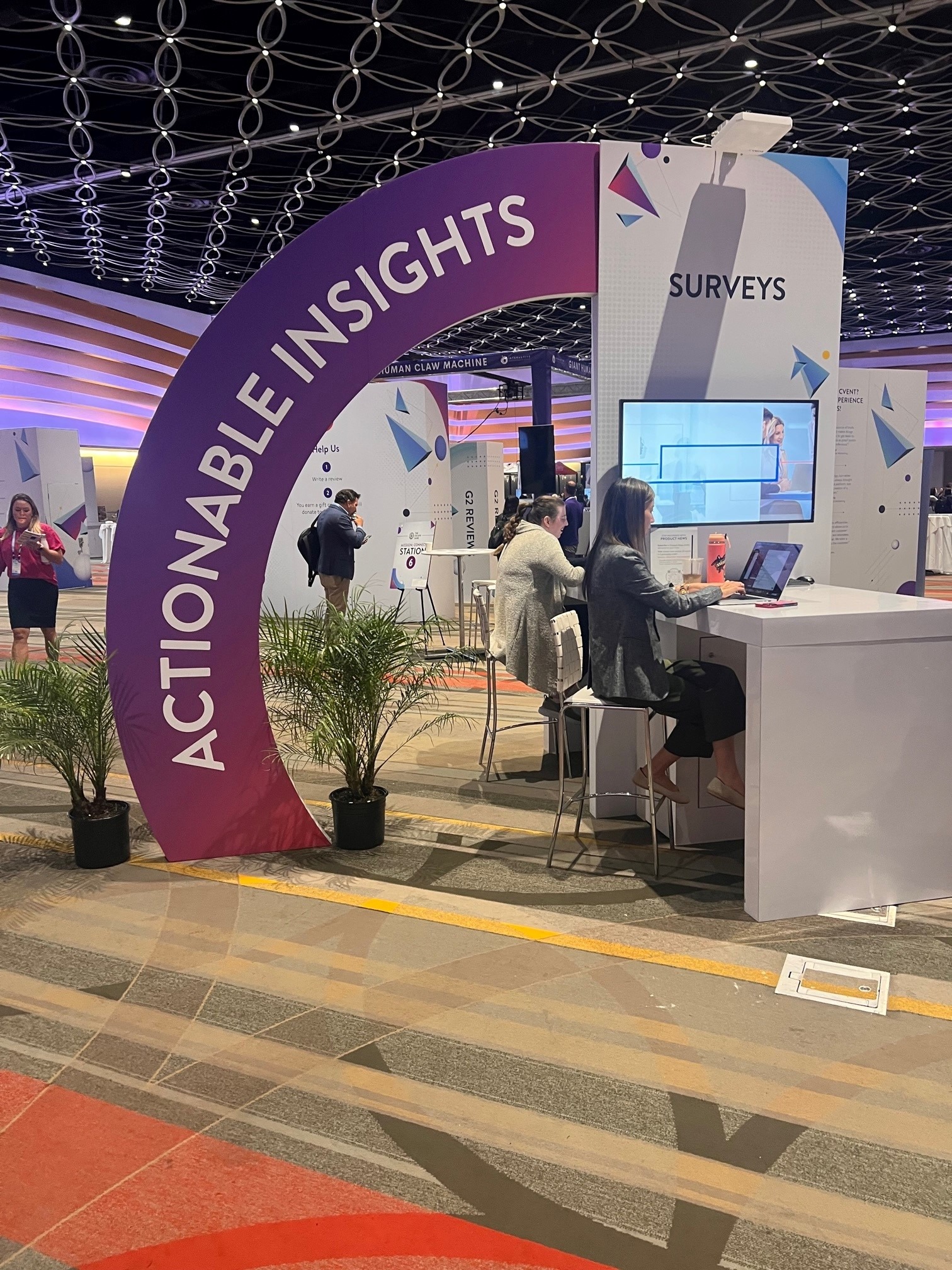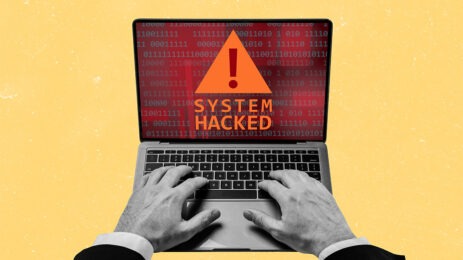What is more transformational for meeting professionals than flying car pods, underwater hotels, convention centers with aeroponic F&B programs and laser beams? Insight. That is why we cornered Cvent Senior Vice President of Sales Brian Ludwig at Cvent Connect in San Antonio to ask what he saw as the future of event technology—and what meeting profs can do now to prepare for it.

Collaboration meters: Using smart apps and badges, meeting planners today can see how many people attended a session and who is sitting out the conference by the pool. And with an assist from geolocation and facial analysis, we aren’t far from being able to see who and what content they interacted with during the day. That could help to develop more engaging sessions on the fly and even build tracks that appeal to like-minded attendees, so more organic connections can be formed.
Read More: Cvent Connect Rolled Out Road Map to a More Integrated and AI-enabled Meetings Future
“That’s how you build a sense of belonging,” said Ludwig. “Here’s the thing, content is now a commodity and networking is the true value. Building relationships is why people come, so we need to start measuring that.”
Ludwig also had tips for optimizing the tried-and-true feedback survey. In addition to asking about the venue, the food and the speaker on a scale of one to five, ask, “Did you feel that you belonged?” and “Did you meet anyone new?”
True value of AI: The whole promise of AI for events is that it will take away the drudgery and free up organizers to be far more strategic. What now takes 40 hours could be done in as little as two hours, conceivably.
Read More: Flying Taxis and Self-directed Luggage
In addition to writing emails and web posts, AI can sort through mounds of unstructured data to summarize insights about value trends to help meeting professionals understand where investments ought to be made in the future.
“That is how you can march forward inside your organization and sit at the boardroom table with the exec team and say, ‘We’re cutting these three events—they don’t give us an ROI. But I’m going to propose these five events, and here’s the ROI that I believe it can deliver.’ That is powerful,” Ludwig said.
Another game-changing use of AI is its ability to translate content in real time in the speaker’s voice, even if that speaker doesn’t know the translated languages. “It sounds natural, and it allows the whole world to consume content,” he marveled.
Read More: Smart Meetings AI White Paper
Hybrid lives: The future may not be dominated by hybrid as we once predicted, but Cvent clients are still recording at least some of the sessions at events with more than 500 attendees, even if they are making them available after the event on demand rather than in real time.
Advances in event technology can help package and streamline content, so it is socially saleable and a possible new revenue stream. “It’s a newer form of hybrid that has longer legs because it’s not as hard to pull off,” said Ludwig. “It extends the value of the in-person event so it’s not a singular point in time and keeps the conversation going after everyone goes home.”
The cusp of AR, still: After years of being tagged as the next big thing, odds are that at least one of the kaleidoscope of augmented reality glasses that have come to market recently will take the technology mainstream. “The reason no one’s doing it now is because they look ridiculous. But if you had glasses that look like stylish tortoise shells throwing smart content about the real world as you walk around, that would be a different story. That’s coming. That’s here,” said Ludwig.
Once adopted, meeting professionals could use them for taking polls, sharing information and connecting people on the fly.




